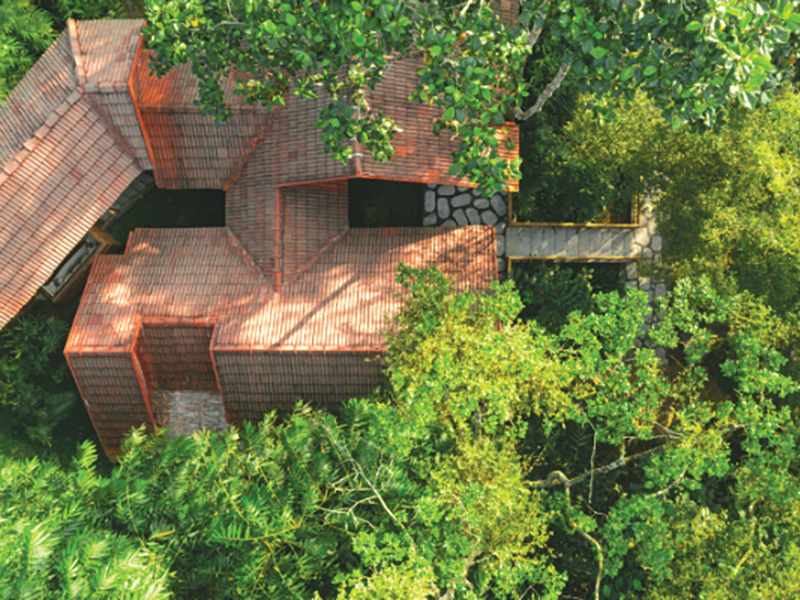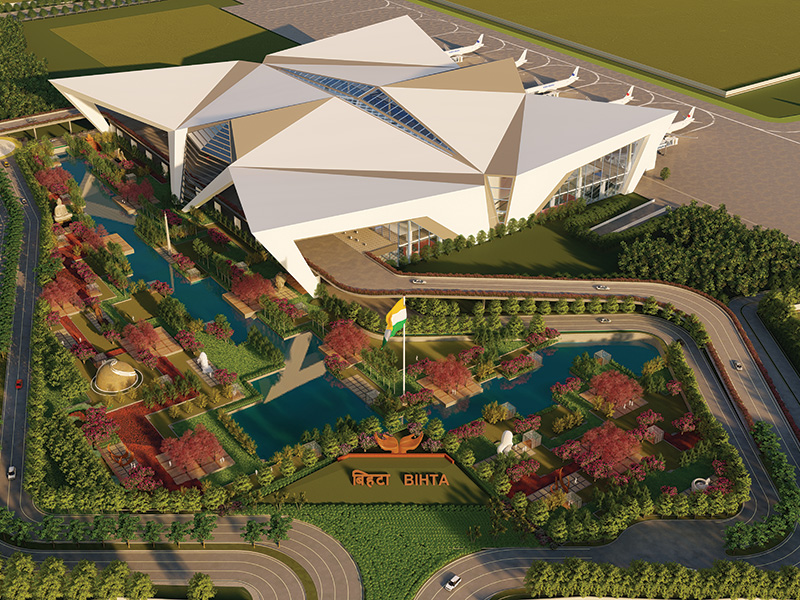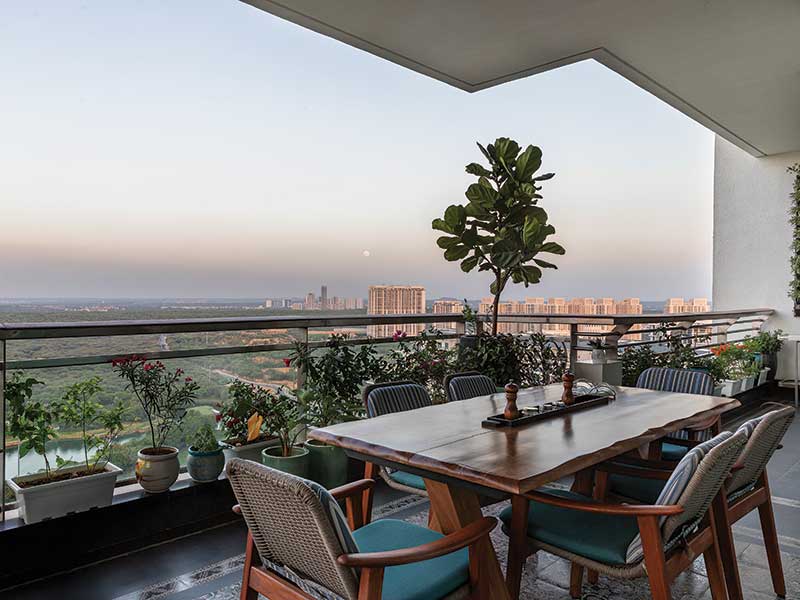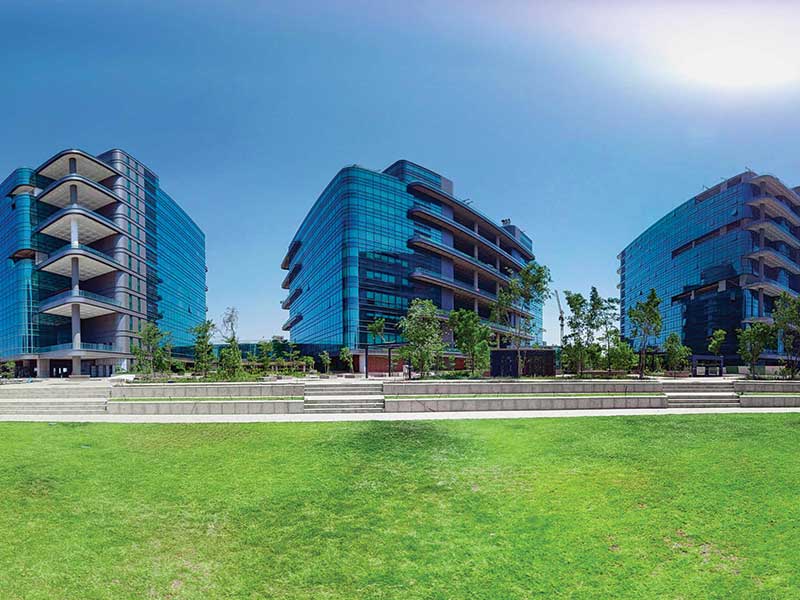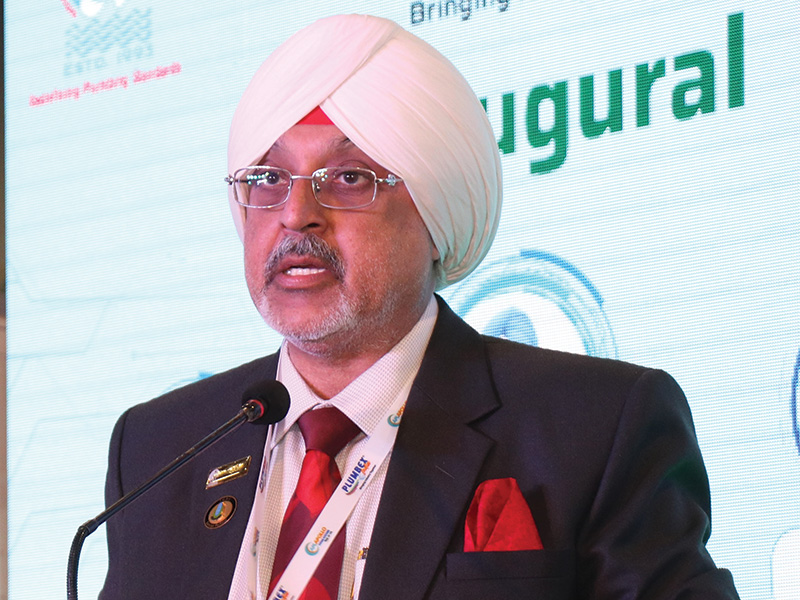A Colliers’ report titled “Sustainable Foundations: Exploring Integration of ESG in Real Estate Development” highlights the potential investment opportunity for developers, investors and occupiers arising out of a green facelift of existing office buildings to become compliant with environmental norms within the ESG framework.
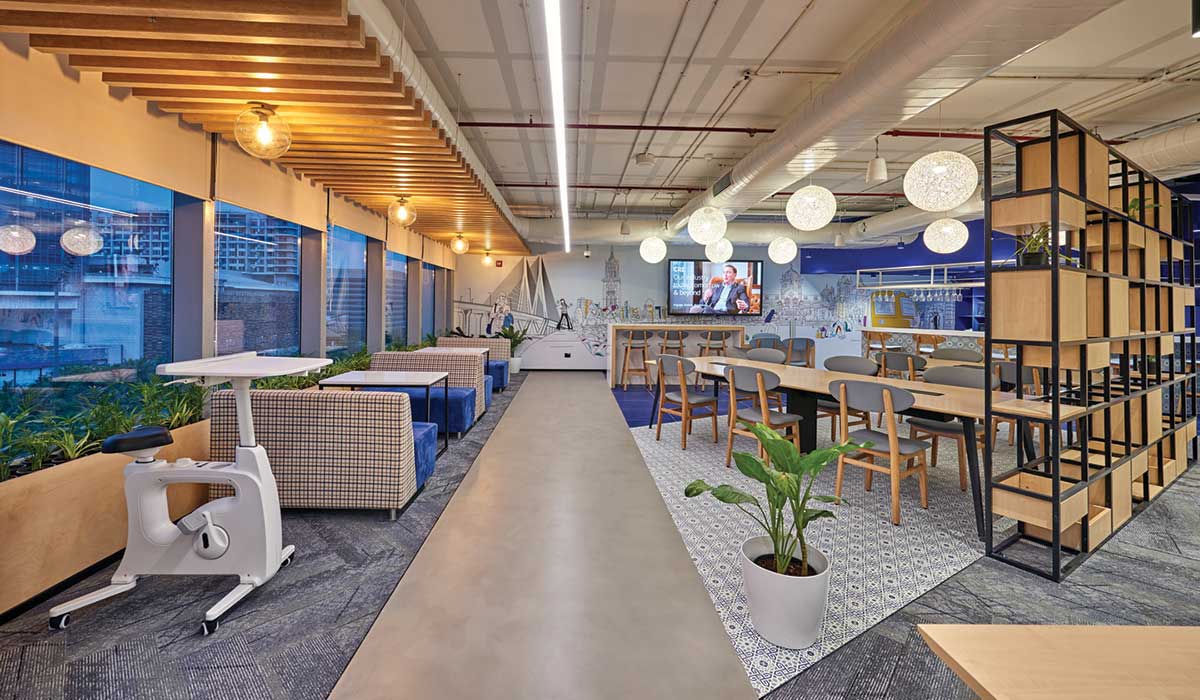 Picture courtesy: Colliers India
Picture courtesy: Colliers IndiaWith growing adoption of sustainable elements led by multitude of tangible as well as intangible benefits, existing environmentally non-compliant office stock offers an opportunity to be either E-upgraded or retrofitted. About 400-460 mn sqft of existing Grade A office stock hold investment potential for environmental recalibration.
At 432 mn sq ft, 61% of Grade A office stock is currently green certified. The growing adoption of sustainable features in office buildings indicate a steady shift in preference towards green real estate portfolios amongst developers, occupiers, and investors alike. Going ahead, developers and investors are likely to increasingly conduct ESG Due Diligence throughout the project lifecycle from pre-construction, construction to operational phases. This in turn will increasingly ensure that built structures conform to ESG norms.
About 400-460 mn sq ft of existing office stock can be fully E-compliant in the next few years.
Grade A office buildings (that are less than 10 years old) of about 95-110 mn sq ft hold potential to be E-compliant upon minimal capex towards E-upgrade. At the same time, about 300-350 mn sq ft of buildings which are more than 10-year-old, need a complete refurbishment; such buildings can undergo retrofitting and eventually become E-compliant. Cumulatively, for the ESG adept real estate ecosystem, existing Grade A office stock in India presents an investment potential of close to INR 400 bn.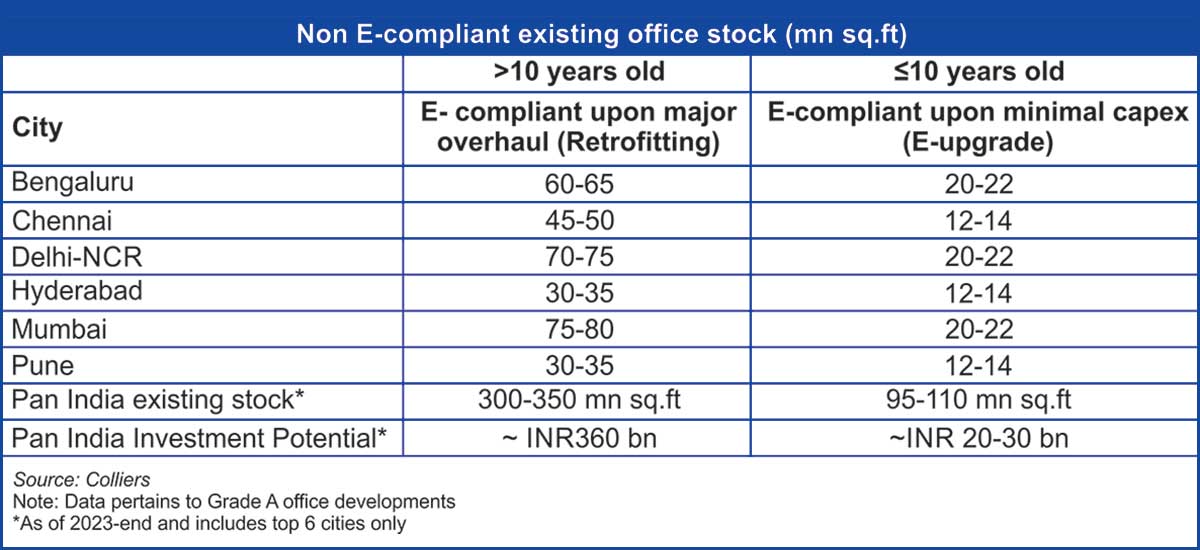

He adds, “Recognizing the pivotal role of sustainability in real estate, developers are strategically emphasizing on green certification processes. In an environment of increasing E-adoption, assessments, and compliances, almost three-fourths of India’s Grade A office stock will be green certified by 2030. Green and sustainable elements will soon become hygiene factors in the Indian office market.”
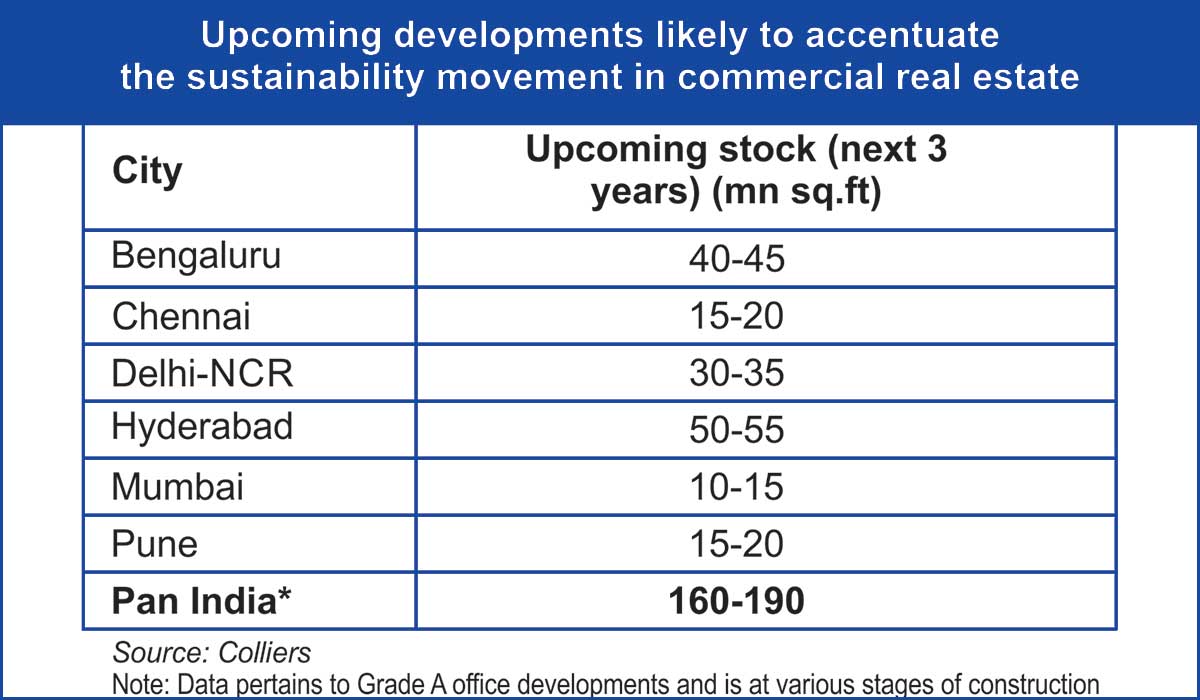
E-upgrade of existing buildings results in net cashflow benefit of 3-4X for developers
The capital expenditure for E-upgrade of existing buildings (less than 10 years old) includes intervention and upgradation with respect to water flow, energy, cooling, electro-mechanical systems, and uplifting interior fitouts. It is estimated to be approximately 5-10% of the construction cost. Consequently, tangible benefits include about 20-30% energy savings and 5-10% rental appreciation. Such perceptible benefits are expected to offset the initial investments within the first few years of investment.
- Relatively older buildings (>10 years) of about 300-350 mn sq ft need major overhaul, presenting around INR 360 bn retrofitting potential
- Relatively newer buildings (≤10 years) of about 95-110 mn sq ft need minimal capex, presenting INR 20-30 bn E-upgrade potential
- E-upgrade of existing buildings results in 3-4X net cashflow benefit for developers over remaining asset life
- Upcoming Grade A office supply of about 160-190 mn sq ft in next three years likely to incorporate sustainable elements from Day-1.

Says Ishaan Singh, Director, AIPL Group, “While multinational corporations continue to bolster their presence in India, there is a parallel trend of companies gravitating towards Grade A office spaces, particularly those built with sustainable features. For instance, in cities like Gurugram, flight to quality is evident and tenants are increasingly willing to pay a premium for office complexes constructed in accordance with green building standards.”





